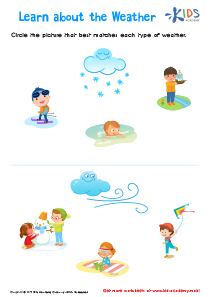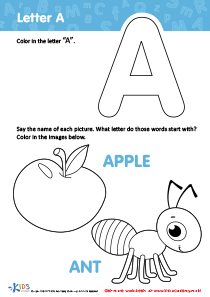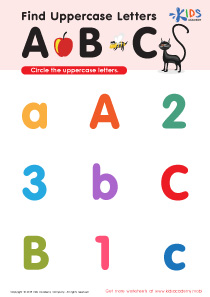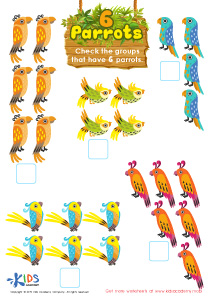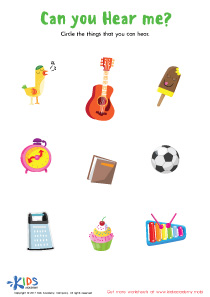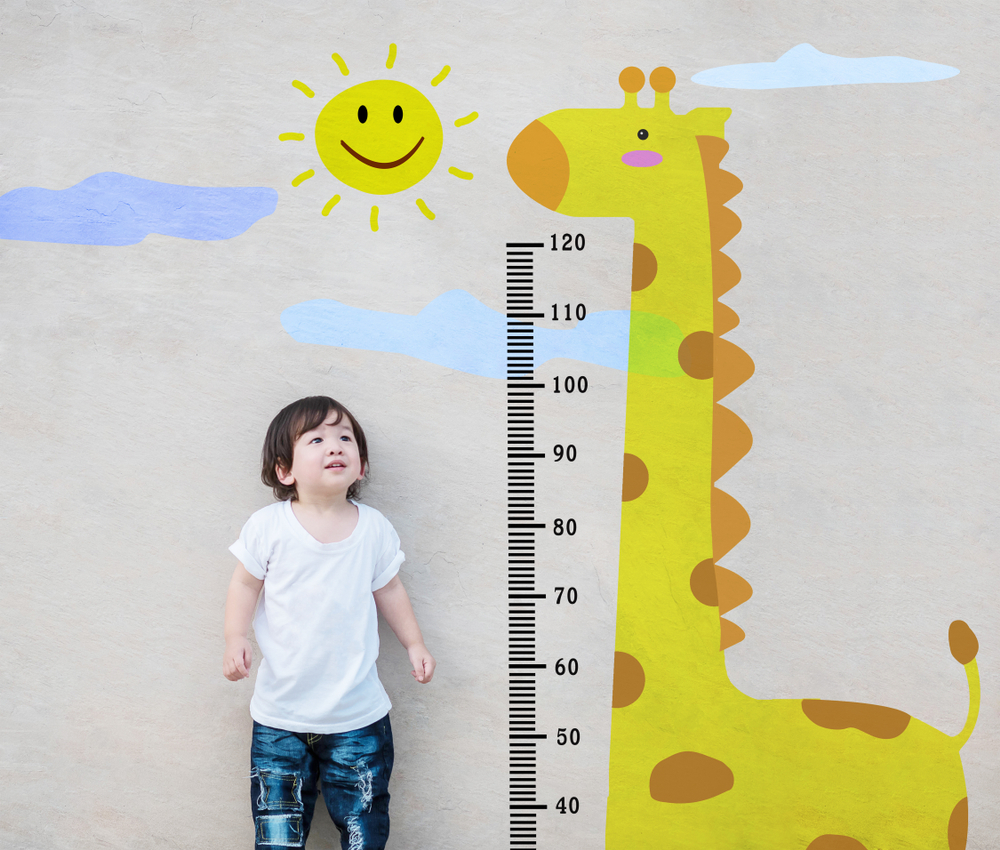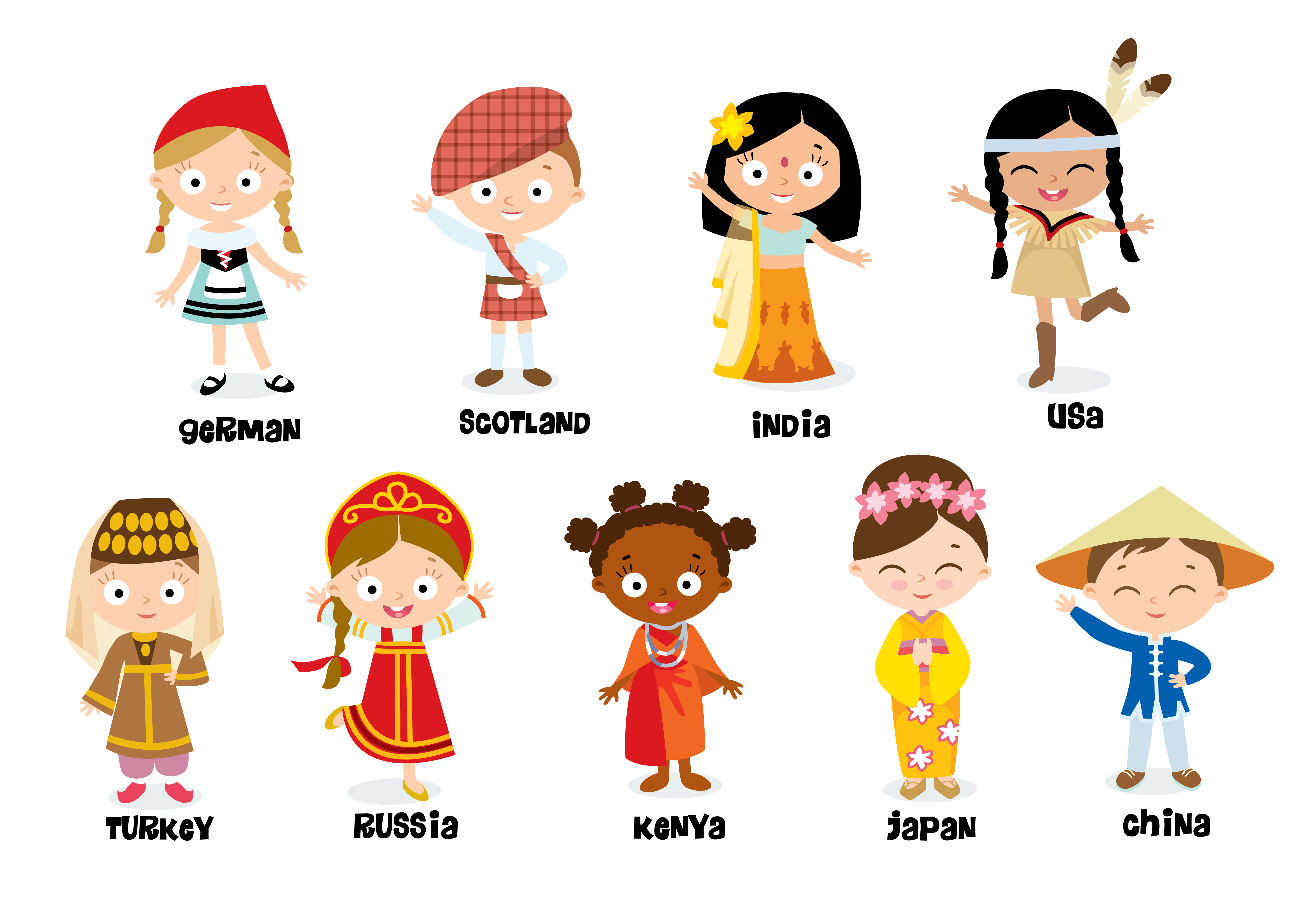2D and 3D Shapes Quizzes for 6-Year-Olds
2 results
2 filtered results
Clear all filters2 filtered results
-
From - To
Interactive Quizzes: Mastering 2D and 3D Shapes for 6-Year-Olds
Dive into the world of geometry with our engaging interactive quizzes, specially designed for 6-year-olds! These quizzes not only test your child's knowledge on 2D and 3D shapes but also offer immediate feedback to reinforce learning. With a mix of vibrant visuals and fun challenges, children will explore the basics of shapes, recognizing their properties, and distinguishing between flat (2D) and solid (3D) shapes. Perfect for young learners, our quizzes make mastering shapes enjoyable and rewarding. Watch your child's confidence grow as they become proficient in identifying and understanding 2D and 3D shapes with ease.
In today's educational landscape, the introduction of interactive quizzes on 2D and 3D shapes for 6-year-olds marks a significant advancement in engaging young minds in the fascinating world of geometry. These quizzes are not just tools for assessment; they are gateways to understanding the spatial world around us, providing children with the foundational knowledge they need to navigate both their academic and everyday lives.
The significance of learning about 2D and 3D shapes for 6-year-olds cannot be overstated. At this tender age, children are naturally curious, eager to explore and understand the environment around them. Shapes are among the first and most basic concepts that connect children to the broader spectrum of mathematics. Recognizing, differentiating, and naming 2D and 3D shapes lays the groundwork for more complex mathematical reasoning and problem-solving skills in the future.
Interactive quizzes on these topics serve multiple educational purposes. Firstly, they transform learning from a static activity into a dynamic process. Children are no longer passive recipients of information but active participants in their learning journey. Through engaging quizzes, 6-year-olds can interact with shapes in various ways, such as identifying, categorizing, and even manipulating shapes to understand their properties better. This interactive approach caters to various learning styles, ensuring that every child finds a pathway to understanding.
Secondly, these quizzes provide immediate feedback, a crucial component of effective learning. When children answer questions about 2D and 3D shapes, they instantly learn whether their understanding is on the right track. This immediate reinforcement helps solidify their learning, allowing them to correct misconceptions in real-time and build confidence in their knowledge.
Moreover, these quizzes are designed with the developmental stage of 6-year-olds in mind. They incorporate colorful graphics, engaging animations, and child-friendly language to maintain young learners' attention and interest. The complexity of questions can adjust to the child’s learning pace, ensuring that each child feels challenged but not overwhelmed. This personalized learning experience fosters a positive attitude towards mathematics, encouraging children to explore and learn without fear of making mistakes.
The benefits of interactive quizzes on 2D and 3D shapes extend beyond academic achievement. They also play a crucial role in developing critical thinking and problem-solving skills. As children engage with these quizzes, they learn to observe patterns, make connections, and apply their knowledge in different contexts. These cognitive skills are invaluable, not just in mathematics but across all areas of learning and everyday life.
In essence, interactive quizzes on 2D and 3D shapes for 6-year-olds are more than educational tools; they are building blocks for lifelong learning. By making the study of shapes interactive, engaging, and accessible, these quizzes help children develop a robust foundation in mathematics, enhance their cognitive skills, and cultivate a love for learning. As we continue to embrace technology in education, such resources are invaluable in preparing our children for a future where critical thinking and problem-solving will be paramount.
